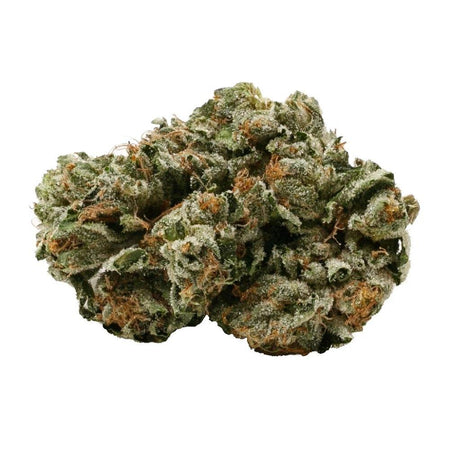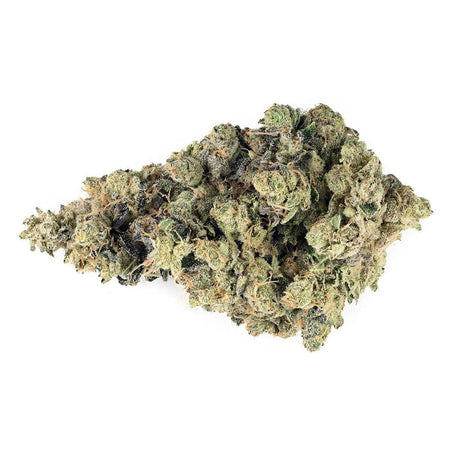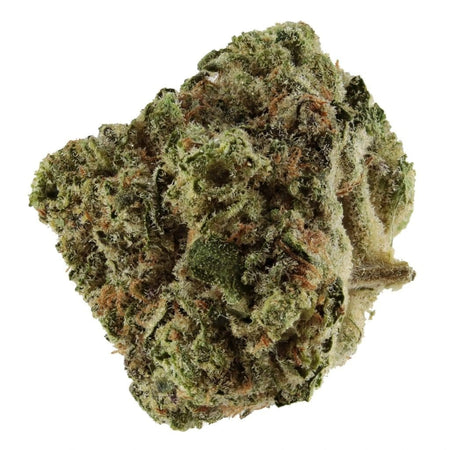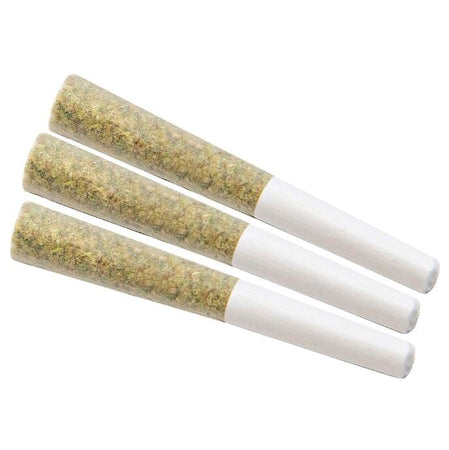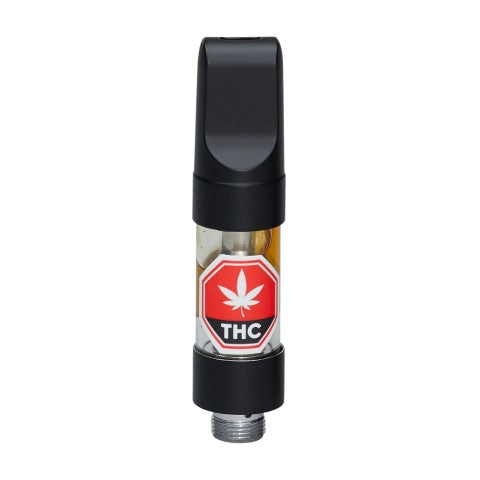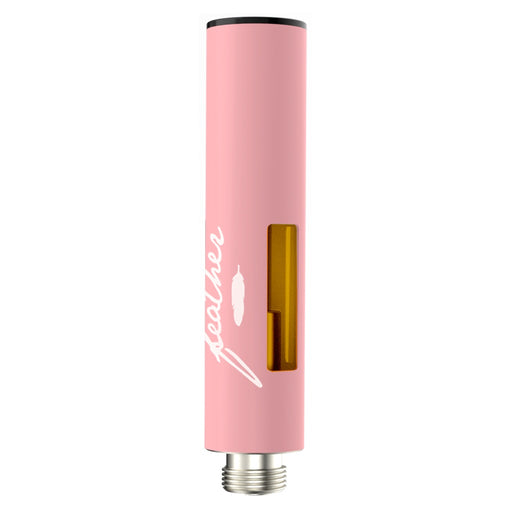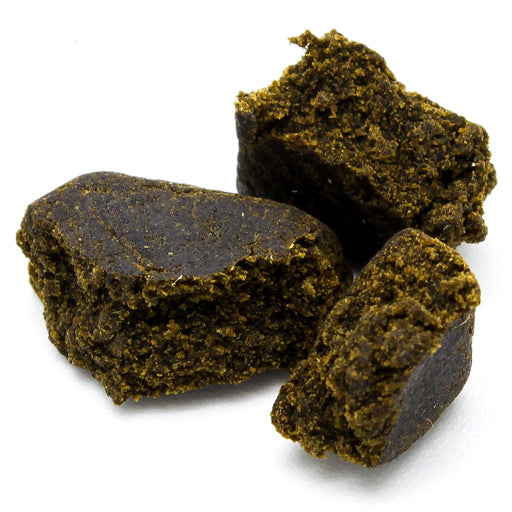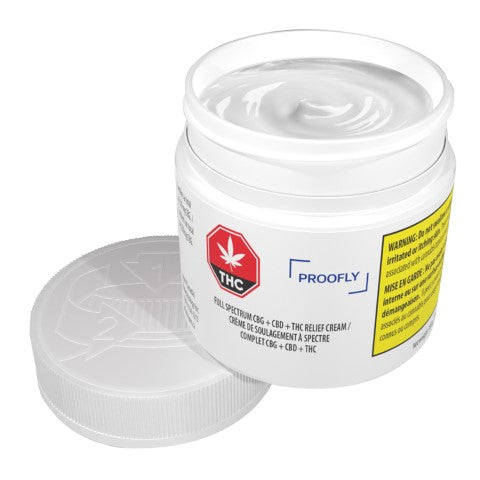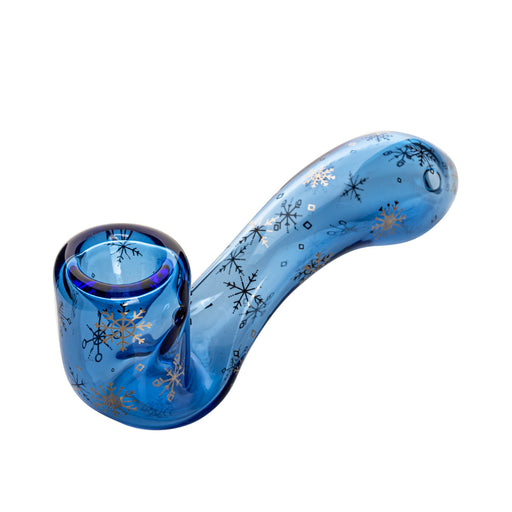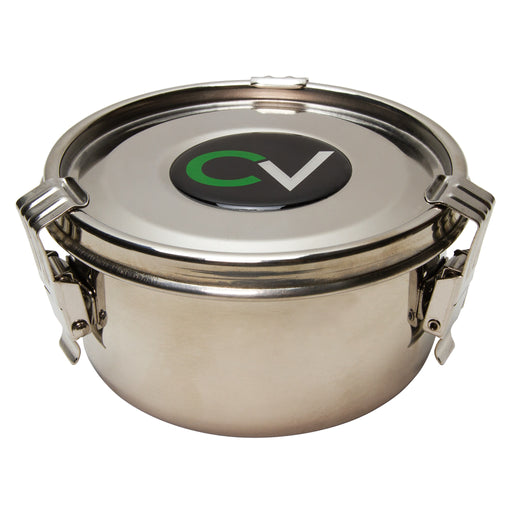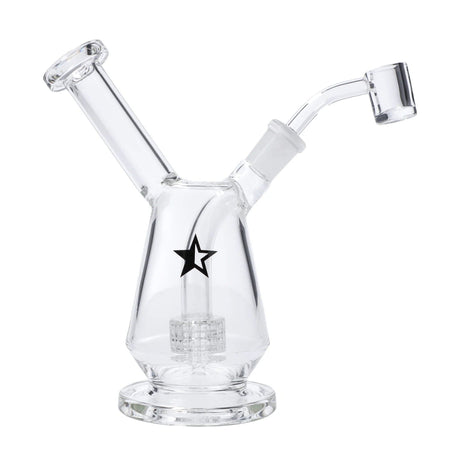What Are Trichomes?
Trichomes are microscopic, hair-like structures found on the surface of cannabis plants. The term “trichome” is derived from the Greek word “trikhōma,” which means “hair.” These tiny outgrowths serve a variety of biological functions essential to the plant’s survival and reproduction. Essentially, trichomes act as a natural defense mechanism, protecting the plant from herbivores, pests, and harmful UV rays. Additionally, they play a crucial role in the plant’s reproductive process by producing and storing a range of important compounds.
There are several types of trichomes present on cannabis plants, each with unique characteristics and functions. The primary types include:
Bulbous Trichomes
These are the smallest trichomes, measuring only 10-15 micrometers in length. They are scarcely visible to the naked eye and are primarily located on the surface of the leaves and stems.
Capitate-Sessile Trichomes
These trichomes are slightly larger, ranging from 25-100 micrometers in length. They feature a stalk that supports a large glandular head, which is responsible for the production of cannabinoids and terpenes.
Capitate-Stalked Trichomes
The most abundant and significant type, capitate-stalked trichomes, can be as large as 500 micrometers. They consist of a stalk and a prominent glandular head, making them easily visible to the naked eye. These trichomes are particularly important as they produce the highest concentration of cannabinoids, terpenes, and flavonoids.
Trichomes are vital in the production of cannabinoids, terpenes, and flavonoids. Cannabinoids, such as THC and CBD, are responsible for the plant’s psychoactive and therapeutic effects. Terpenes contribute to the plant’s aroma and flavor profile, while flavonoids offer additional health benefits and pigmentation. The combination of these compounds determines the overall potency, aroma, and flavor of the cannabis plant, making trichomes an essential component of cannabis cultivation.
The Importance of Trichomes in Cannabis Cultivation and Consumption
Trichomes play a crucial role in cannabis cultivation and consumption, serving as valuable indicators for growers and enhancing the overall consumer experience. For cultivators, trichomes are essential markers of plant maturity and harvest readiness. Observing the color changes in trichomes—from clear to milky to amber—can guide growers in determining the optimal harvest time. Clear trichomes indicate that the plant is still developing, while milky trichomes suggest peak cannabinoid content, and amber trichomes signal a more sedative effect due to the degradation of THC into CBN.
The production and quality of trichomes can be significantly influenced by environmental factors such as light, temperature, and humidity. Adequate lighting is essential for the development of robust trichomes, as light intensity and spectrum can enhance resin production. Temperature also plays a pivotal role; extreme heat or cold can stress the plant, affecting trichome formation. Similarly, maintaining optimal humidity levels is crucial, as excessive moisture can lead to mold growth, while low humidity can hinder trichome development.
For consumers, trichomes are integral to the cannabis experience, affecting potency, flavor, and aroma. The concentration of cannabinoids and terpenes within trichomes determines the strength and type of effects, from euphoric highs to calming relaxation. Additionally, the terpenes housed in trichomes contribute to the diverse and rich flavors and aromas that distinguish different cannabis strains.
Various methods are employed to extract trichomes, resulting in potent products like kief, hash, and concentrates. Dry sifting involves sifting cannabis through screens to collect trichomes, while ice water extraction uses cold temperatures to separate trichomes from plant material. Solvent-based methods, such as butane or CO2 extraction, can produce high-purity concentrates. Each extraction method offers unique benefits and results, catering to different consumer preferences.
To preserve trichome integrity during storage and handling, it is important to store cannabis in airtight containers in a cool, dark place. Avoiding excessive handling can prevent the degradation of these delicate structures, ensuring maximum potency and freshness. Proper storage techniques are essential to maintain the quality and efficacy of cannabis, providing consumers with the best possible experience.
